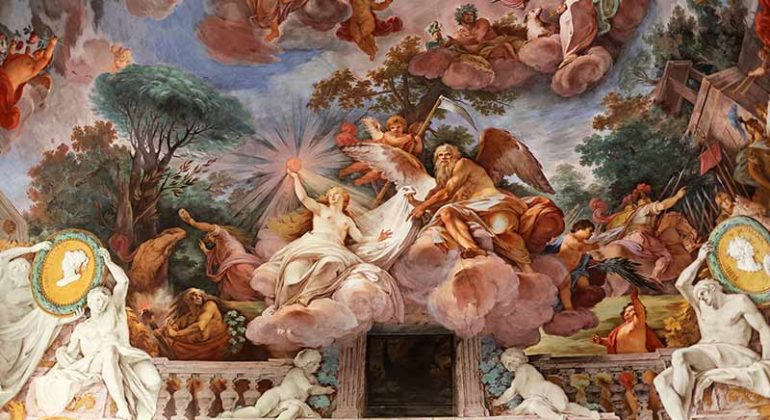Mexican Americans settled along what was lake Texcoco day Mexico City’s coasts, in 1500 BC. On an Island, the Aztecs established roots by the 1300 AD in this lake that became the capital of the Empire: the City of Tenochtitlan. The Spanish explorer Hernan Cortez captured and razed town, developing a city. The city served as capital of the colony. The city was inhabited by the US in 1847 during the War and by France for 4 years starting in 1862, when Napoleon III, named Maximilian archduke of Austria Emperor of Mexico. Heavy fighting ensued the years of the Revolution, from 1910 to 1915.
The end of the Revolutionary movement indicated the onset of a period of dramatic social changes that caused the development of the Constitution of 1917. Land reform and nationalization of the basic industries of the country were attained during the 1930’s. Expansion, rapid population growth and domination has characterized the last years. Debt restructuring steps and austerity were an outcome of the decade for the economy. At the last few years, the Mexican architecture has cautiously tried to steer a brand new and prosperous Mexico in the direction of becoming a first world market.
Nevertheless, and despite the efforts within allying itself as partner within trade with Canada and the US unexpected political and economic events in the first 1990’s have conspired to delay accomplishment of this goal. These next few pages, summarize the evolution of the Mexican people since the first settlers to the current day restructuring of the Mexican Economy. We believe that the following info will supply you with the historical insight, to be more able to comprehend the importance of the events of the past 500 decades. Events that are a direct reflection of where Mexico, as a young and promising economics, is today and even more important where it’s heading towards.
PRE HISPANIC PERIOD: 2000 B.C. – 1521 A.D. Before arrival of the Spaniards the battle for life characterized Indian life. Conflicts often arose between different groups over competition for such life sustaining resources as hunting grounds, arable lands, irrigation water and trading goods. Two kinds Of cultures emerged in Mesoamerica: the plateau and the lowland type. The highland type was advanced within organization and culture. The lowland type, was composed of primitive aboriginal groups with little or no social structure, government or architecture. After 1, 000 B.C., the growing problem of food supply forced these groups to develop more complicated forms of social organization. These new cultures had a social structure dominated from a dominant priest class.

